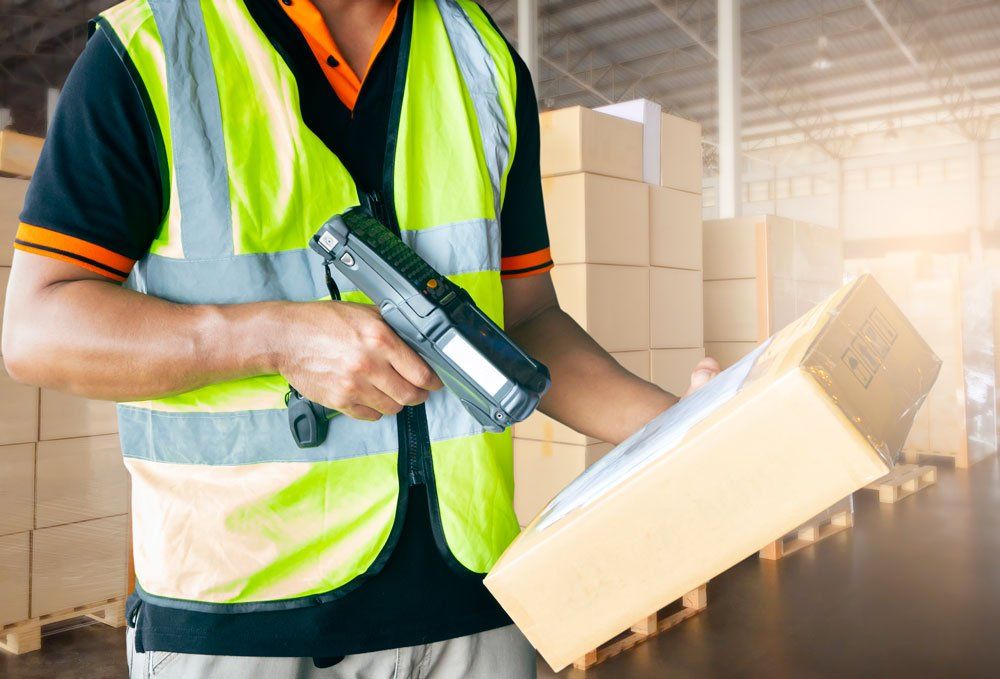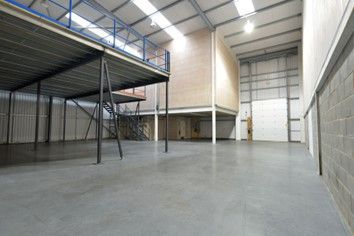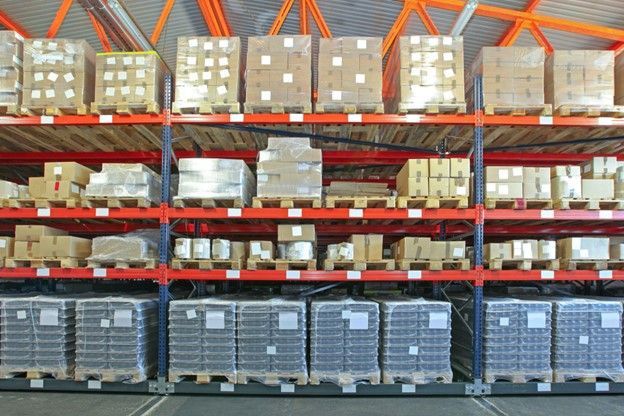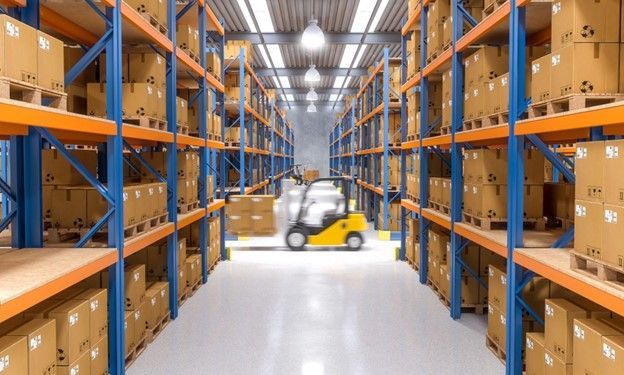3 Subtle Warehouse Habits That Slow Employee Productivity
- By Admin
- •
- 01 Sep, 2020
- •

In an age of internet shopping, the number of warehouses increases annually. Modern warehouses often employ automated or robotic systems to fulfill orders, but a human element is still important. In fact, over six million people work in warehouses in transportation, logistics, or picking orders.
The success of a warehouse depends on the productivity of its employees. After all, a warehouse that cannot function well and deliver on time means unhappy customers. Some warehouse practices inadvertently impact employee efficiency. Here are 3 subtle warehouse habits that slow employee productivity.
1. Fail to Make a Warehouse Comfortable
Many warehouse employees often face long hours on their feet as they cover many square feet to fulfill job orders. These vast storage facilities are industrial and noisy, and temperature extremes are common when HVAC systems struggle to keep up. Don't be surprised when your employees feel some level of discomfort as they perform their duties.
Consider changes that make your warehouse more comfortable. Provide cushioned flooring in areas where employees stand for long periods to help alleviate sore feet, knees, and backs. Also, make work station desks more ergonomic so workers can reach various areas easily and even switch between sitting and standing positions. Don't forget chairs with real back support.
Finally, give your employees a real break from harsh warehouse environments when it's break time. Furnish a comfortable space with tables and chairs, plugs for device charging, kitchen conveniences like a fridge and microwave, soft lighting, and even snacks.
2. Stick With the Same Failed Layout
Warehouse floor space is valuable, and a good floor layout determines success whether your inventory grows, shrinks, or remains consistent. You know your layout is doomed when employees waste time and steps to fulfill orders, consistently fall short of goals, misplace inventory, or continually get in one another's way.
Now may be the time to let go of the old and embrace a newer, smarter floor layout for your stock.
Switch to Bulk Bins
You may have inventory that experiences regular surges in popularity with a resulting short shelf life. Rather than constantly replenish an item in its picking location, relocate them from shelves to bulk floor bins instead. The less a piece of inventory is touched, the better. Then, when an item loses its popularity, make sure you have the right shelving to accommodate it once more.
Expand Up, Not Out
When room seems tight, and you crave additional floor space, don't get rid of inventory or buy expensive warehouse additions. Take advantage of the great height of a warehouse and expand up rather than out. This option is especially smart when you already have the equipment in place to access higher shelving.
Don't Squeeze Aisles
When you need to reconfigure your shelving rows, don't squeeze your rows together to create more space. Narrow isles are usually not a good idea when you need to increase shelf space as they create traffic jams for pickers and are difficult for vehicles to safely maneuver. Again, expand the height of your existing shelves when you need to make more space.
3. Use Cheap or Out-dated Storage Equipment
Lean warehouse practices mean greater efficiency with minimum expenditure. Warehouse equipment can seem pricey when you consider all the necessary elements for storage, tracking, and transportation. However, don't sacrifice employee safety to save money and invest in cheap, older, or outdated storage equipment.
Older shelves and racks may seem safe and sturdy, but they can become a hazard if you use several different kinds or styles that are not compatible. Warehouse racks need immense strength to hold products. Shelves and racks of differing materials and heights with multiple fastener types can lack integrity.
Older or outdated shelving and racks are unsafe and can severely impact employee productivity. Contact Lone Star Pallet Rack for shelving, pallet racks, and other warehouse equipment to help make your employees more productive.






